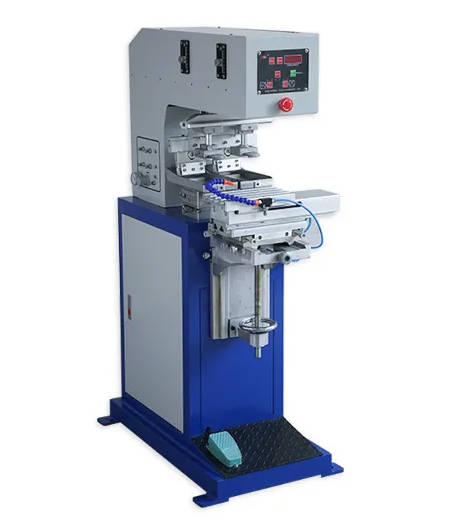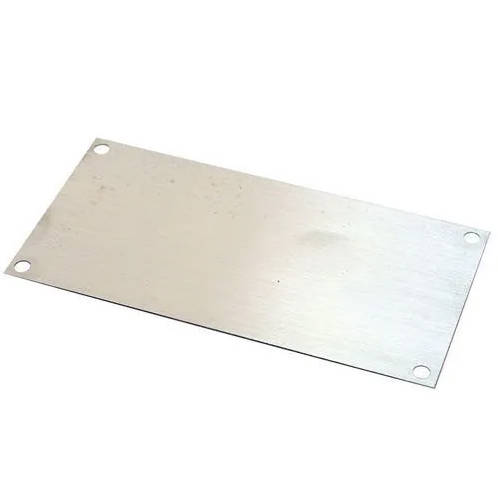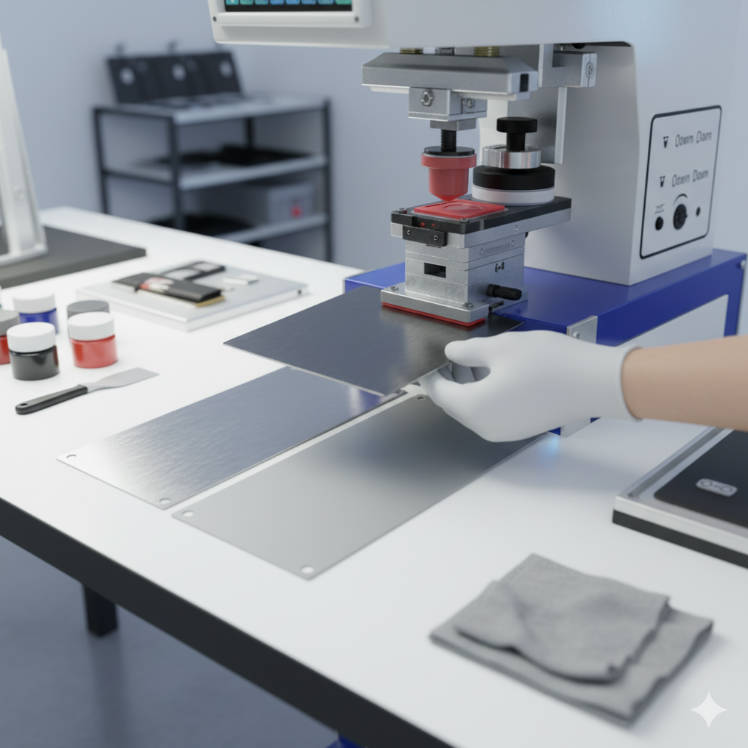Pad printing is an essential process for transferring detailed designs onto complex surfaces, making it a cornerstone in industries like electronics, medical devices, and promotional products. Whether you’re a small business or a large manufacturer, selecting the right Pad Printing Machine can significantly impact your production efficiency and costs. This article explores the differences between single-color and multi-color Pad Printing Machines, helping you decide which suits your needs.

[Table of Contents]
- Introduction to Pad Printing
- Single-color Pad Printing Machines
- Multi-color Pad Printing Machines
- Comparison: Single-color vs. Multi-color
- Choosing the Right Machine
- Cost Breakdown
- Maintenance and Operation
- Conclusion
Introduction to Pad Printing
Pad printing uses a silicone pad to transfer ink from an etched plate onto a substrate, excelling at printing on curved or irregular surfaces. From Pad Printing Machines for Electronics to bottle caps and golf balls, this technique is versatile and widely adopted. ENGYPRINT, a leading Pad Printing Machine Manufacturer since 2002, offers a range of solutions, including Automatic Pad Printing Machines and consumables, serving over 150 countries with 20 years of expertise.
The choice between single-color and multi-color machines hinges on your production goals. Let’s dive into their features.
Single-color Pad Printing Machines
Single-color Pad Printing Machines print one color per cycle, ideal for straightforward designs.
How They Operate
A single ink cup and etched plate transfer ink via a silicone pad in one pass. For additional colors, the object requires multiple cycles with different plates.
Advantages
- Cost-effective: Lower purchase and maintenance costs.
- User-friendly: Simple setup suits beginners.
- Great for basic designs: Perfect for logos or text on items like pens.
Limitations
- Slower for multi-color jobs due to multiple passes.
- Potential misalignment in complex prints.
Multi-color Pad Printing Machines
Multi-color Pad Printing Machines apply multiple colors in one setup, streamlining complex printing tasks.
How They Operate
Using multiple ink cups or a shuttle system, these machines print several colors without repositioning the object, enhancing precision.
Advantages
- Efficient for multi-color designs: Reduces production time.
- High precision: Ideal for detailed graphics.
- Scalable: Suits Industrial Pad Printing Machines for high-volume runs.
Limitations
- Higher initial and operational costs.
- Requires skilled operators for setup.
Comparison: Single-color vs. Multi-color
Understanding the differences between single-color and multi-color Pad Printing Machines is key to choosing the right equipment. Here’s a detailed comparison:
| Aspect | Single-color | Multi-color |
|---|---|---|
| Color Capacity | 1 color per cycle | 2+ colors per cycle |
| Speed | Faster for single-color | Faster for multi-color |
| Setup Time | Quick | Longer, needs alignment |
| Ideal Use | Simple designs | Complex, multi-color prints |
Examples: Single-color machines excel at printing serial numbers on electronics, while multi-color machines shine in producing vibrant designs on toys.
Choosing the Right Machine
Your choice depends on production volume, design complexity, budget, and skill level.
- Volume: Multi-color for high-volume, single-color for low.
- Complexity: Multi-color for intricate designs, single-color for basics.
- Budget: Single-color is cheaper initially; multi-color offers long-term value.
- Skills: Multi-color needs expertise, single-color is simpler.
ENGYPRINT’s Automatic Pad Printing Machines, like their Eight Color Production Line, cater to precision needs, while their single-color options suit smaller operations.
Cost Breakdown
Cost is a critical factor in selecting a Pad Printing Machine. Here’s an overview:
Initial Costs
| Type | Price Range |
|---|---|
| Single-color | $2,000 – $10,000 |
| Multi-color | $10,000 – $50,000+ |
Running Costs
- Ink: Multi-color uses more but is efficient per print.
- Labor: Single-color may increase labor for multi-color jobs.
- Maintenance: Multi-color has higher upkeep costs.
Long-term Value
Multi-color machines, like ENGYPRINT’s Industrial Pad Printing Machines, save time and cost in large-scale production, while single-color remains economical for simpler needs.
Maintenance and Operation
Maintenance and operation differ significantly between machine types.
Maintenance
- Single-color: Basic cleaning of pads and plates.
- Multi-color: Regular calibration and part checks.
Operation
- Single-color: Minimal training needed.
- Multi-color: Skilled operators required.
ENGYPRINT supports customers with operation videos and 100% quality-checked consumables, ensuring smooth performance.
Conclusion
Single-color Pad Printing Machines are best for simple, low-volume tasks, while multi-color machines excel in complex, high-volume production. Assess your needs—volume, design, budget, and skills—to choose wisely. ENGYPRINT, a trusted Pad Printing Machine Manufacturer, offers tailored solutions, from Pad Printing Machines for Electronics to consumables, backed by 20 years of innovation.





